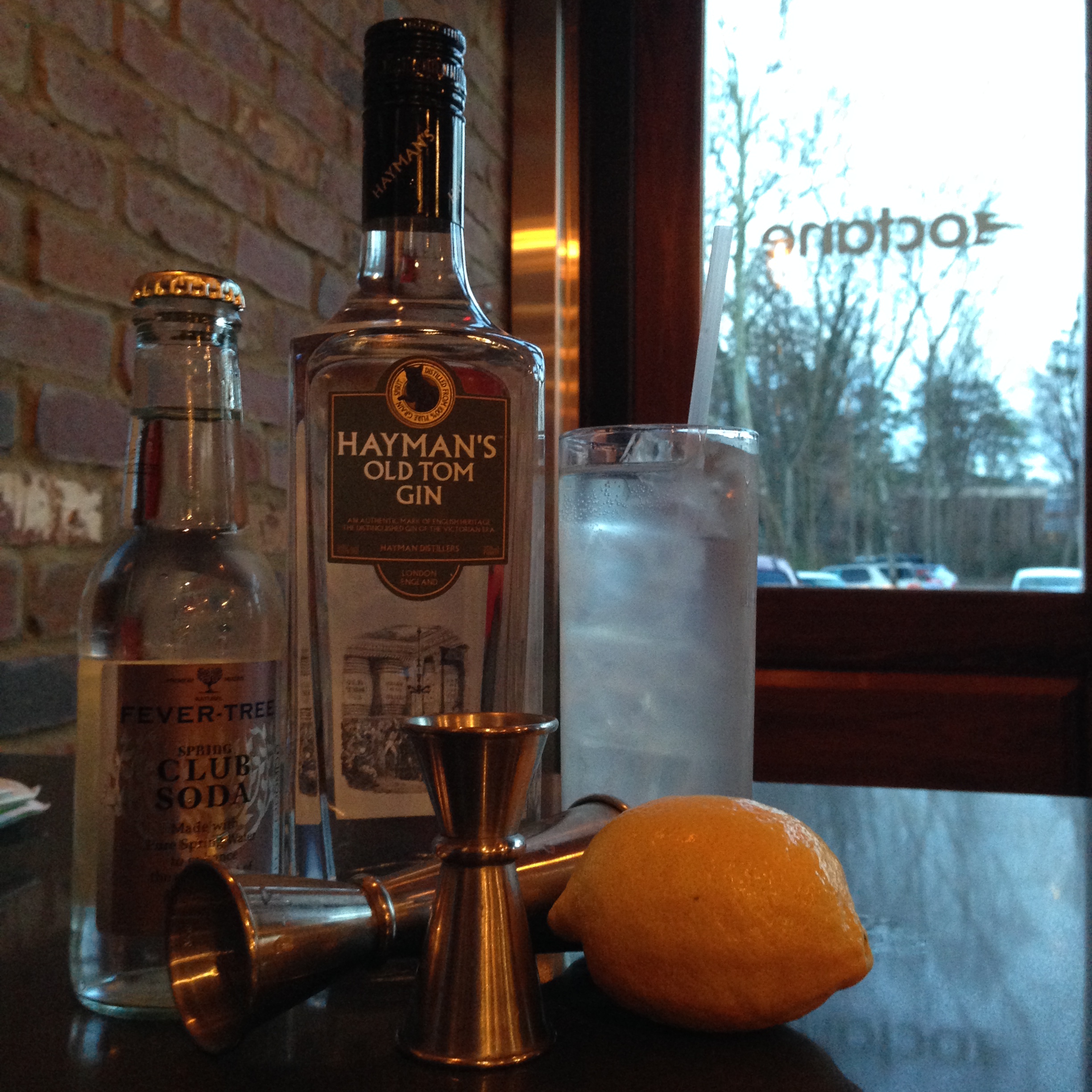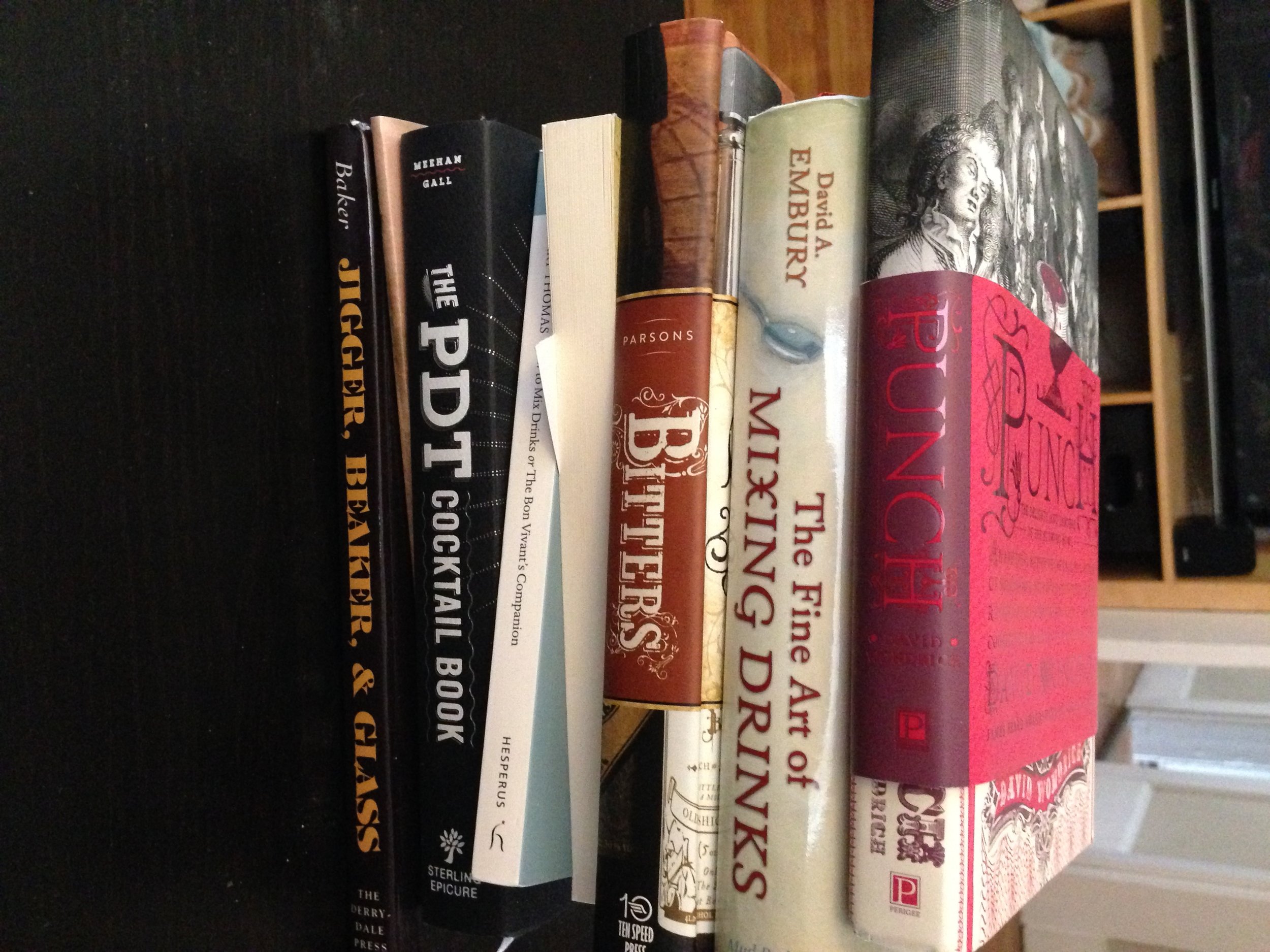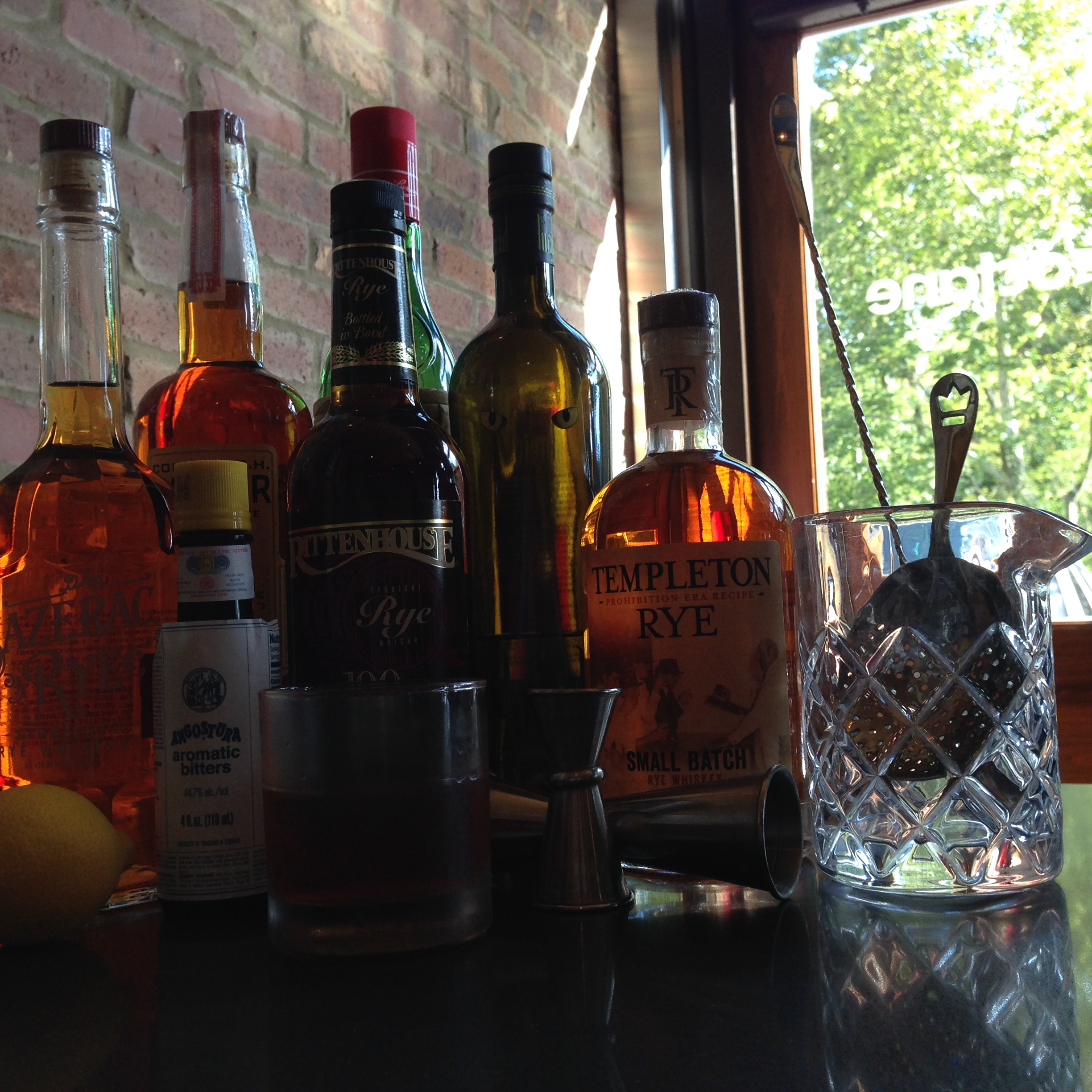 Over the past two weeks, the weather in Alabama has ranged from snowy and cold to severe thunderstorms and highs in the 70s. Since we're quite confused about whether to turn on the heat or air conditioning, I thought it would be a great time to feature a cocktail named for a troublemaker -- the Tom Collins.
Cocktail historians will tell you that this drink was named for a 19th century bartender, a prank that shares his name or both. The prank was pretty simple: a mischievous chap would pick a target and convince him that a fellow named Tom Collins was either looking for him or had been taking full advantage of him. It was such a popular gag that the height of its popularity has been dubbed the Great Tom Collins Hoax of 1874.
Over the past two weeks, the weather in Alabama has ranged from snowy and cold to severe thunderstorms and highs in the 70s. Since we're quite confused about whether to turn on the heat or air conditioning, I thought it would be a great time to feature a cocktail named for a troublemaker -- the Tom Collins.
Cocktail historians will tell you that this drink was named for a 19th century bartender, a prank that shares his name or both. The prank was pretty simple: a mischievous chap would pick a target and convince him that a fellow named Tom Collins was either looking for him or had been taking full advantage of him. It was such a popular gag that the height of its popularity has been dubbed the Great Tom Collins Hoax of 1874.
Some commerce-minded bartender proceeded to name a drink after the hoax. After that point, unsuspecting victims who barged into pubs clamoring for Tom Collins would find themselves served a rather delicious beverage. Credit for the drink's creation is where the story gets murky. Many sources give this honor to John Collins, a waiter from London's Limmer's Old House. If the drink originally bore his name, it's likely that the change came from substituting Old Tom gin for another style.
Though its exact origin may be unclear, the Tom Collins first appeared in Jerry Thomas's 1876 The Bartender's Guide. Since then, it's become one of the most iconic and refreshing summer cocktails. Like the French 75, its light, fizzy, citrusy deliciousness is built around a potent base spirit that packs a wallop. As the Girl Scouts say, be prepared.
Recipe
1 oz simple syrup 1 oz freshly squeezed lemon juice 2 oz gin (preferably Old Tom gin)
Combine all ingredients in a cocktail shaker. Add ice and shake for 12-15 seconds or until cold. Strain into a chilled Collins glass over ice. Top with club soda or sparkling water to taste.

